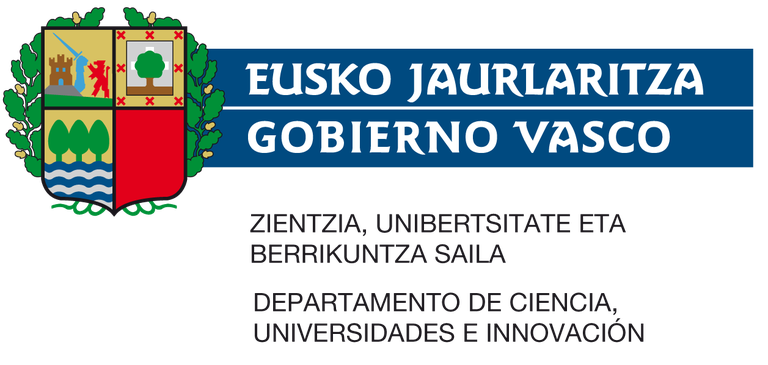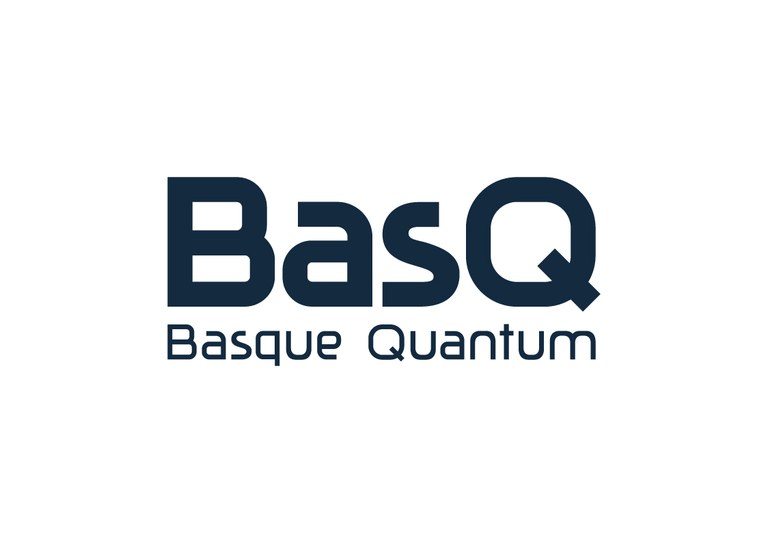PostDoc - Towards Nuclear Matrix Elements calculations with Quantum Computing (Ongoing)
roberto.soleti@dipc.org
francesc.monrabal@dipc.org
We are currently accepting applications for the above mentioned position. This is a unique opportunity for junior researchers with a recent PhD degree in Physics or related fields to join one of DIPC’s high-profile research teams.
The role
The Donostia International Physics Center (DIPC), in collaboration with IBM, is seeking a postdoctoral researcher to join an interdisciplinary project at the interface between quantum computing and nuclear physics.
This project aims to exploit noisy intermediate-scale quantum (NISQ) devices for the determination of nuclear energy levels, which could have a significant impact on the field of nuclear shell-model computations.
Classically, nuclear states are obtained by diagonalization of the nuclear Hamiltonian in a many-body configuration. However, the number of possible configurations and consequently the size of the matrix grows combinatorially with the number of nucleons, preventing this method from being naively scaled up to heavy nuclei. Thus, the calculation is typically restricted to one or more nuclear shells, using an effective Hamiltonian. Quantum algorithms may allow for polynomial scaling in the resources needed for this calculation, allowing for an increased precision in the determination of the energy levels.
The aim of the project is to implement the calculation of nuclear energy levels on a real quantum computer for isotopes with a large number of nucleons using quantum algorithms such as Variational Quantum Eigensolvers (VQE) and Quantum Krylov Subspace Diagonalization (QKSD).
Computations for heavy nuclei could have far-reaching implications for nuclear and particle physics. As a notable example, nuclear shell models can be used to calculate the upper limit on the effective Majorana neutrino mass, given the half-life of a hypothetical nuclear process called neutrinoless double beta decay.
Desired background & competences
- A Ph.D. in Physics, Quantum Computing or a related discipline.
- Strong expertise in quantum computing, with hands-on experience using tools like Qiskit or equivalent platforms.
- Background in nuclear physics, particularly in nuclear shell-model computations, is highly desirable.
Working conditions
- Estimated annual gross salary: Salary is commensurate with qualifications and consistent with our pay scales
- Target start date: 2025/05/26
We provide a highly stimulating research environment, and unique professional career development opportunities.
We offer and promote a diverse and inclusive environment and welcomes applicants regardless of age, disability, gender, nationality, ethnicity, religion, sexual orientation or gender identity.
The center
About the team
The Neutrino Physics Group at DIPC is involved in the development and operation of the NEXT experiment, a neutrinoless double beta decay Xe detector installed in Canfranc, Spain. The design of its ton-scale iteration will be informed by accurate calculations of nuclear matrix elements, which will be performed in collaboration with IBM.
The group is also involved in Hyper-Kamiokande (large scale neutrino detector to be built in Japan) and in the development of next-generation neutrino detectors to be installed at the upcoming European Spallation Source (Lund, Sweden).
The construction of these instruments involves solving complex scientific, technological, and industrial challenges. The DIPC is currently consolidating a multidisciplinary team that will address these challenges and will coordinate the collaboration with relevant academic and industrial players.
How to apply
Interested candidates should submit an updated CV and a brief statement of interest to the following application email below.
Reference letters are not indispensable but highly recommended.
The reference of the specific opening to which the candidate is applying should be stated in the subject line, and the application must be received before the application deadline.
Although candidates are welcome to contact the project supervisors to know further details about the proposed research activity, please be aware that the application will be evaluated only if it is submitted directly to the email address listed below as application email.
- Reference: 2025/15
- Application deadline: 2025/05/16
- Application email: jobs.research@dipc.org
Selection process
Applications received by the deadline will be evaluated by a Committee designed by the DIPC board on the basis of the following criteria:
- CV of the candidate (40%)
- Adequacy of the candidate’s scientific background to the project (40%)
- Reference letters (10%)
- Other: Diversity in gender, race, nationality, etc. (10%)
Evaluation results will be communicated to the candidates soon after. Positions will only be filled if qualified candidates are found.
The DIPC may revoke its decision if the candidate fails to join by the appointed time, in which case the position will be awarded to the candidate with the next highest score, provided it is above 50 (out of 100).
However, the selected candidate may keep the position if, in the opinion of the Selection Committee, the candidate duly justifies the reasons why he or she cannot join before the specified deadline, and as long as the project allows it.
This contract have received funding from "BASQ - Towards Nuclear Matrix Elements calculations with Quantum computing -NMEQ "


